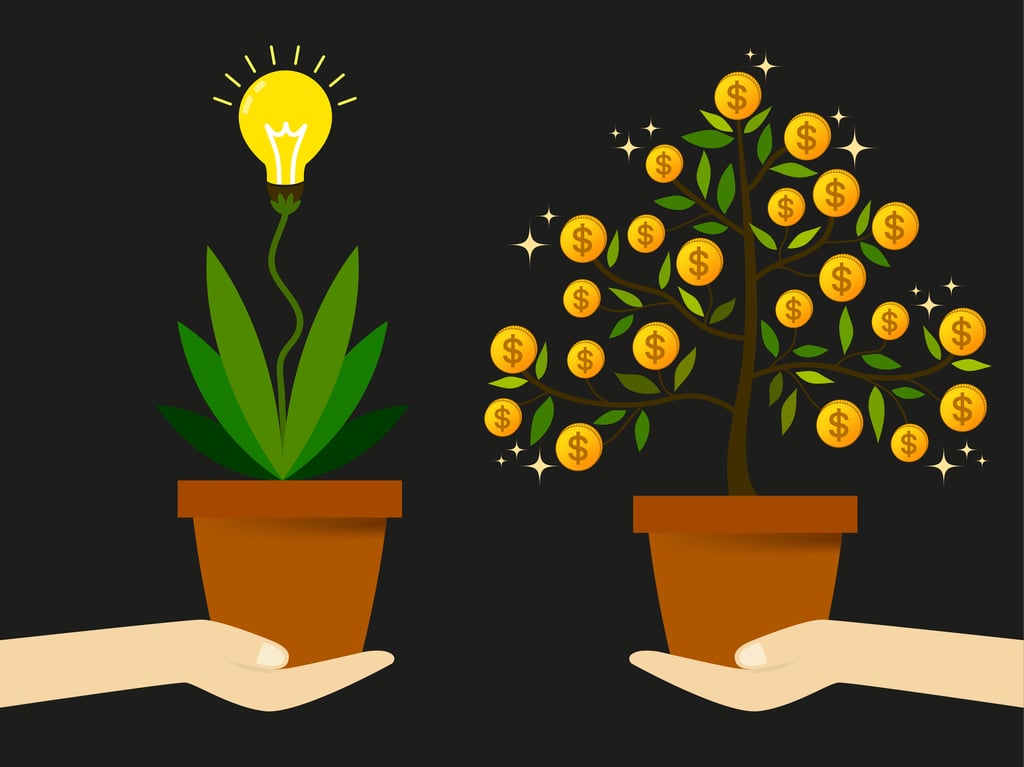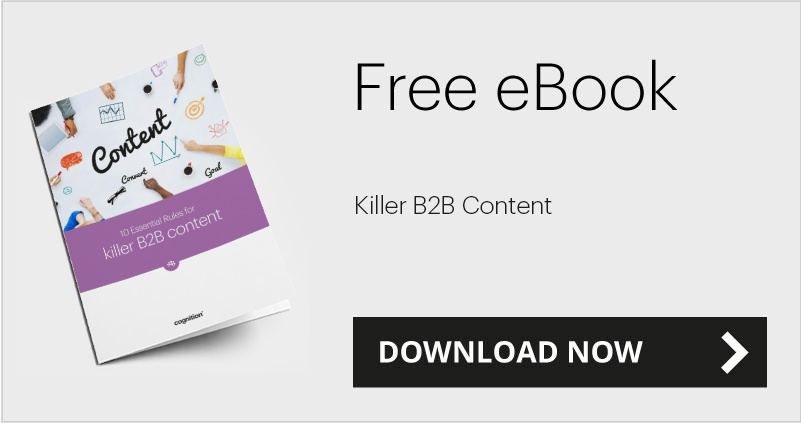
|
There’s something that lots of marketers forget: marketing is not itself an end. It’s simply the means to an end – more sales. So to be worth time and money your marketing has to deliver revenue. What is surprising to many B2B companies is that you often get the most revenue out of marketing that provides free information. It sounds a bit counterintuitive, but it’s true. |
The sales process is driven by information
This isn’t new. What’s new is that prospects get that information from so many different sources thanks to the internet. They are desensitised to traditional marketing messages and don’t necessarily believe you when you tell them how wonderful your product or service is. They don’t want to be ‘sold’ to in the traditional sense.
Become a trusted advisor that helps the prospect make a purchasing decision
To make a sale you have to combat a distrust of marketing.
How do you do this? By providing useful information at each stage of the purchasing process. That way you are at the front of prospects’ minds when they are finally ready to buy. Therefore it’s not about sales messages that harp on about your product or service specifically – it’s about valuable information that genuinely helps prospective customers make a decision.
Here’s a basic example. I’m looking to buy a digital camera. I know I want something small that’s easy to use and takes good pictures. Beyond that I know nothing about cameras. So I Google ‘digital camera buying guide’. One of the top hits is on the John Lewis website. Their guide has sections like ‘What to look for: 5 easy steps’ and ‘What are the choices?’ and ‘Other features to consider’.
Nothing in the guide mentions that you can buy a camera at John Lewis. It’s not overtly trying to sell to me at this point: it’s just helping to educate me. And at this early stage in my buying process I’m subconsciously thinking: ‘John Lewis seems to know what they’re talking about when it comes to digital cameras.’ And that leads to the thought: ‘They know so much about cameras that they probably sell good quality ones.’
So when I’ve done some more research – maybe read some reviews and spoken to friends – I’m more likely to return to John Lewis to see if they offer what I want at a good price.
The principle is the same for B2B purchases – it’s just a more complex process, with more people involved and a longer timeframe.
So how does offering free information generate actual leads?
Free information is designed to get people to your website. To do this you have to rank well on search engines for the keywords your prospects are using: 75% of users never scroll past the first page of search results, according to research from MarketShareHitsLink.com.
Search engines look at the quality of your content and how often you publish new content. Blog posts therefore give your search rankings a big boost. This is because you can link lots of topics and keywords to your website on a regular basis.
As a result you are casting your net much more widely when it comes to getting people to your website – you can address issues that are interesting to your prospects but aren’t specifically about your products and services. For example, changes in legislation or regulation.
The blog post gets prospects to click on to your website. The goal is to capture their data while they’re there. So on the page with the blog post you have a link to a white paper or guide on a related topic. And the prospects have to fill out a short form in order to download that guide.
Now you have the contact details for people who are interested in what you do – they’ve opted in so it’s a warm lead. And because you know what they’ve downloaded you can follow up with something relevant to their area of interest.
So the information isn't actually free it at all. They 'pay' by giving you their details.
The proof it works
It may sound like a lot of effort with no guarantee of winning business. But it works, and it has a low cost per lead.
Here are some statistics that illustrate this:
- Content-based marketing costs 62% less per lead than traditional marketing
- The average company that blogs generates 55% more website visitors and 434% more indexed pages than those that don’t blog
- 57% of businesses have acquired a customer directly through their company blog
Source: HubSpot State of Inbound Marketing Report
Prospective customers aren’t waiting to be sold to. They do a lot of valuable research themselves and have access to reams of information on products and services. If you give prospects the information they need at the right time in the buying process, you’ll stand out from your competitors.





